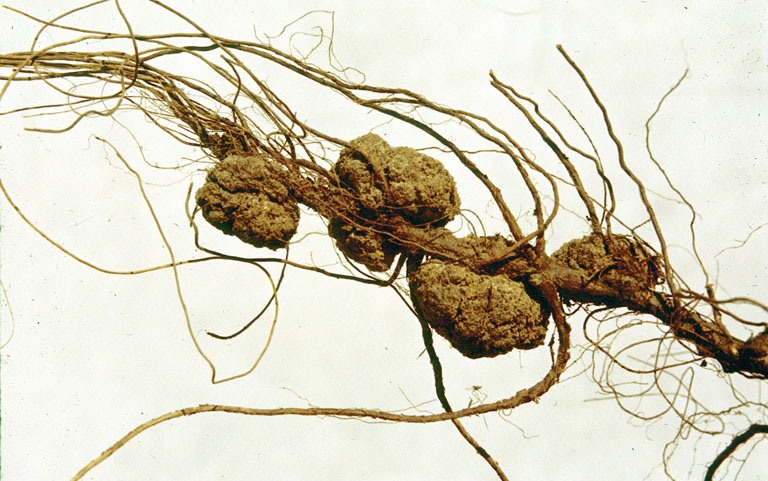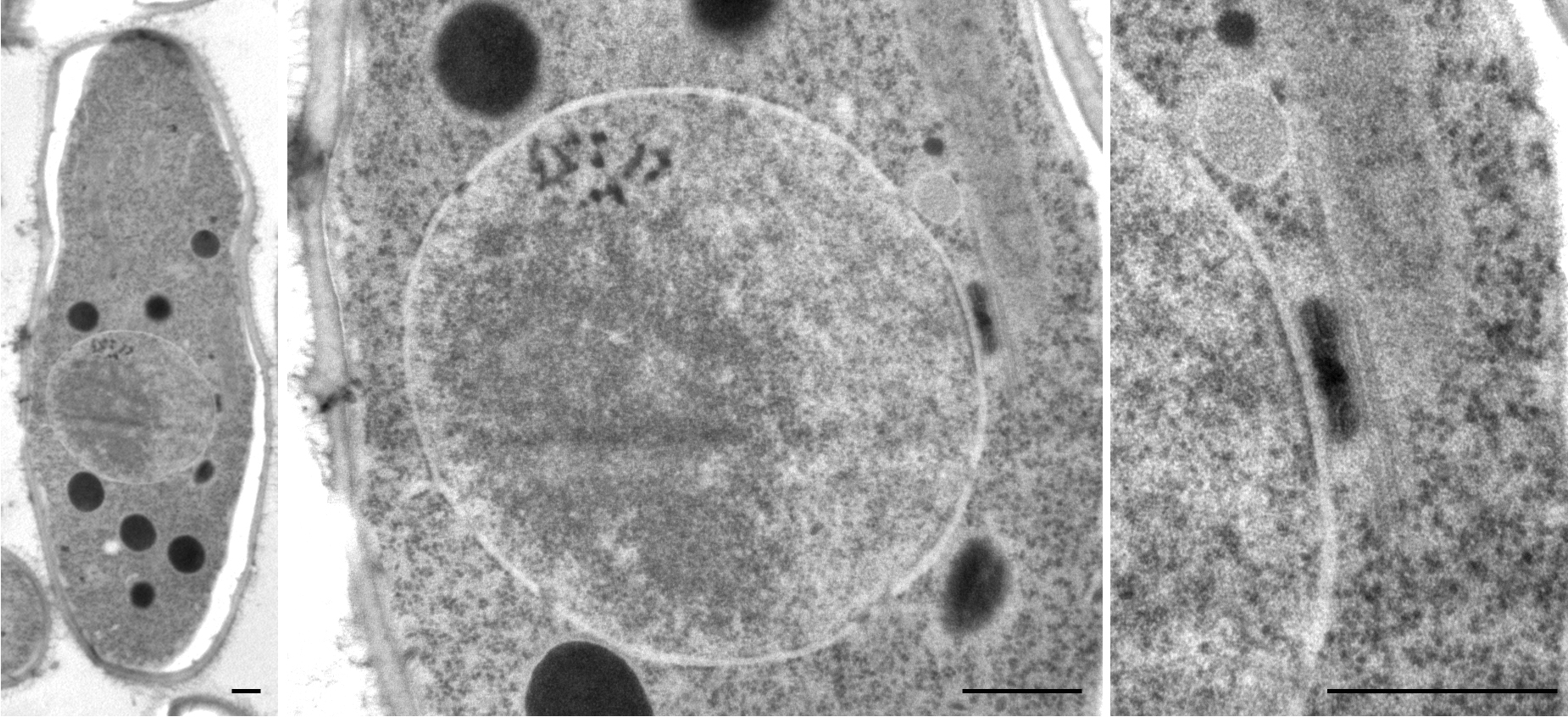|
MOP Flippase
The multidrug/oligosaccharidyl-lipid/polysaccharide (MOP) flippase superfamilyTC# 2.A.66 is a group of integral membrane protein families. The MOP flippase superfamily includes twelve distantly related families, six for which functional data are available: # One ubiquitous family (MATE) specific for drugs (TC# 2.A.66.1) The Multi Antimicrobial Extrusion (MATE) Family # One (PST) specific for polysaccharides and/or their lipid-linked precursors in prokaryotes (TC# 2.A.66.2)The Polysaccharide Transport (PST) Family # One (OLF) specific for lipid-linked oligosaccharide precursors of glycoproteins in eukaryotes (TC# 2.A.66.3)The Oligosaccharidyl-lipid Flippase (OLF) Family # One (MVF) lipid-peptidoglycan precursor flippase involved in cell wall biosynthesis (TC# 2.A.66.4)The Mouse Virulence Factor (MVF) Family # One (AgnG) which includes a single functionally characterized member that extrudes the antibiotic, Agrocin 84 (TC# 2.A.66.5)The Agrocin 84 Antibiotic Exporter (AgnG) Family # A ... [...More Info...] [...Related Items...] OR: [Wikipedia] [Google] [Baidu] |
Multi-antimicrobial Extrusion Protein
Multi-antimicrobial extrusion protein (MATE) also known as multidrug and toxin extrusion or multidrug and toxic compound extrusion is a family of proteins which function as drug/sodium or proton antiporters. Function The MATE proteins in bacteria, archaea and eukaryotes function as fundamental transporters of metabolic and xenobiotic organic cations. Structure These proteins are predicted to have 12 alpha-helical transmembrane regions, some of the animal proteins may have an additional C-terminal helix. The X-ray structure of the NorM was determined to 3.65 Å, revealing an outward-facing conformation with two portals open to the outer leaflet of the membrane and a unique topology of the predicted 12 transmembrane helices distinct from any other known multidrug resistance transporter. Discovery The multidrug efflux transporter NorM from '' V. parahaemolyticus'' which mediates resistance to multiple antimicrobial agents (norfloxacin, kanamycin, ethidium bromide etc. ... [...More Info...] [...Related Items...] OR: [Wikipedia] [Google] [Baidu] |
Gram-negative Bacteria
Gram-negative bacteria are bacteria that do not retain the crystal violet stain used in the Gram staining method of bacterial differentiation. They are characterized by their cell envelopes, which are composed of a thin peptidoglycan cell wall sandwiched between an inner cytoplasmic cell membrane and a bacterial outer membrane. Gram-negative bacteria are found in virtually all environments on Earth that support life. The gram-negative bacteria include the model organism '' Escherichia coli'', as well as many pathogenic bacteria, such as '' Pseudomonas aeruginosa'', '' Chlamydia trachomatis'', and '' Yersinia pestis''. They are a significant medical challenge as their outer membrane protects them from many antibiotics (including penicillin), detergents that would normally damage the inner cell membrane, and lysozyme, an antimicrobial enzyme produced by animals that forms part of the innate immune system. Additionally, the outer leaflet of this membrane comprises a compl ... [...More Info...] [...Related Items...] OR: [Wikipedia] [Google] [Baidu] |
Capsular-polysaccharide-transporting ATPase
In enzymology, a capsular-polysaccharide-transporting ATPase () is an enzyme that catalyzes the chemical reaction :ATP + H2O + capsular polysaccharidein \rightleftharpoons ADP + phosphate + capsular polysaccharideout The 3 substrates of this enzyme are ATP, H2O, and capsular polysaccharide, whereas its 3 products are ADP Adp or ADP may refer to: Aviation * Aéroports de Paris, airport authority for the Parisian region in France * Aeropuertos del Perú, airport operator for airports in northern Peru * SLAF Anuradhapura, an airport in Sri Lanka * Ampara Air ..., phosphate, and capsular polysaccharide. This enzyme belongs to the family of hydrolases, specifically those acting on acid anhydrides to catalyse transmembrane movement of substances. The systematic name of this enzyme class is ATP phosphohydrolase (capsular-polysaccharide-exporting). References * * * * * EC 7.6.2 Enzymes of unknown structure {{3.6-enzyme-stub ... [...More Info...] [...Related Items...] OR: [Wikipedia] [Google] [Baidu] |
Hyperostosis
Hyperostosis is an excessive growth of bone. It may lead to exostosis. It occurs in many musculoskeletal disorders. See also * Diffuse idiopathic skeletal hyperostosis * Hyperostosis frontalis interna Hyperostosis frontalis interna is a common, benign thickening of the inner side of the frontal bone of the skull. It is found predominantly in women after menopause and is usually asymptomatic. Mostly frequently it is found as an incidental find ... * Infantile cortical hyperostosis * Porotic hyperostosis * SAPHO syndrome References * * * * External links Gross pathology Osteopathies {{pathology-stub ... [...More Info...] [...Related Items...] OR: [Wikipedia] [Google] [Baidu] |
Metaphysis
The metaphysis is the neck portion of a long bone between the epiphysis and the diaphysis. It contains the growth plate, the part of the bone that grows during childhood, and as it grows it ossifies near the diaphysis and the epiphyses. The metaphysis contains a diverse population of cells including mesenchymal stem cells, which give rise to bone and fat cells, as well as hematopoietic stem cells which give rise to a variety of blood cells as well as bone-destroying cells called osteoclasts. Thus the metaphysis contains a highly metabolic set of tissues including trabecular (spongy) bone, blood vessels , as well as Marrow Adipose Tissue (MAT). The metaphysis may be divided anatomically into three components based on tissue content: a cartilaginous component (epiphyseal plate), a bony component (metaphysis) and a fibrous component surrounding the periphery of the plate. The growth plate synchronizes chondrogenesis with osteogenesis or interstitial cartilage growth with both ... [...More Info...] [...Related Items...] OR: [Wikipedia] [Google] [Baidu] |
Craniofacial
Craniofacial (''cranio-'' combining form meaning head or skull + ''-facial'' combining form referring to the facial structures grossly) is an adjective referring to the parts of the head enclosing the brain and the face. The term is typically used to describe an area of focus for the study and treatment of certain congenital malformations or facial injuries. The first use of the term was 1859. The first PubMed PubMed is a free search engine accessing primarily the MEDLINE database of references and abstracts on life sciences and biomedical topics. The United States National Library of Medicine (NLM) at the National Institutes of Health maintain ... citation with the use of the term Craniofacial was in 1876 by T. H. Huxley. See also *Craniofacial Team *Craniofacial surgery References [...More Info...] [...Related Items...] OR: [Wikipedia] [Google] [Baidu] |
Sclerosis (medicine)
Sclerosis (from Greek σκληρός ''sklērós'', "hard") is the stiffening of a tissue or anatomical feature, usually caused by a replacement of the normal organ-specific tissue with connective tissue. The structure may be said to have undergone sclerotic changes or display sclerotic lesions, which refers to the process of sclerosis. Common medical conditions whose pathology involves sclerosis include: * Amyotrophic lateral sclerosis—also known as Lou Gehrig's disease or motor neurone disease—a progressive, incurable, usually fatal disease of motor neurons. * Atherosclerosis, a deposit of fatty materials, such as cholesterol, in the arteries which causes hardening. * Focal segmental glomerulosclerosis is a disease that attacks the kidney's filtering system ( glomeruli) causing serious scarring and thus a cause of nephrotic syndrome in children and adolescents, as well as an important cause of kidney failure in adults. * Hippocampal sclerosis, a brain damage often seen ... [...More Info...] [...Related Items...] OR: [Wikipedia] [Google] [Baidu] |
Craniometaphyseal Dysplasia Autosomal Dominant
Craniometaphyseal dysplasia is a rare skeletal disorder that results from a mutation in the ANKH or GJA1 genes. The condition is characterized abnormal facial features, impairment of cranial nerves, and malformation of the long bones in the limbs. Signs and symptoms Signs and symptoms include: * Eating and breathing difficulties * Hypertelorism * Wide nasal bridge * Large lower jaw * Proptosis * Dolichocephaly * Delayed or absent teeth * Small nasal passage Long-term severe effects from untreated head and face pressure include cranial nerve paralysis, hearing loss/ deafness, and blindness. Genetics The autosomal dominant form is caused by a mutation in ANKH on chromosome 5 (5p15.2-p14.1). The autosomal recessive form is caused by a mutation in a mutation in GJA1 Gap junction alpha-1 protein (GJA1), also known as connexin 43 (Cx43), is a protein that in humans is encoded by the ''GJA1'' gene on chromosome 6. As a connexin, GJA1 is a component of gap junctions, w ... [...More Info...] [...Related Items...] OR: [Wikipedia] [Google] [Baidu] |
Agrobacterium
''Agrobacterium'' is a genus of Gram-negative bacteria established by H. J. Conn that uses horizontal gene transfer to cause tumors in plants. '' Agrobacterium tumefaciens'' is the most commonly studied species in this genus. ''Agrobacterium'' is well known for its ability to transfer DNA between itself and plants, and for this reason it has become an important tool for genetic engineering. Nomenclatural History Leading up to the 1990s, the genus ''Agrobacterium'' was used as a wastebasket taxon. With the advent of 16S sequencing, many ''Agrobacterium'' species (especially the marine species) were reassigned to genera such as '' Ahrensia'', '' Pseudorhodobacter'', '' Ruegeria'', and '' Stappia''. The remaining ''Agrobacterium'' species were assigned to three biovars: biovar 1 ('' Agrobacterium tumefaciens''), biovar 2 (''Agrobacterium rhizogenes''), and biovar 3 (''Agrobacterium vitis''). In the early 2000s, ''Agrobacterium'' was synonymized with the genus '' Rhizobium''. Th ... [...More Info...] [...Related Items...] OR: [Wikipedia] [Google] [Baidu] |
Salmonella Enterica Subsp
''Salmonella'' is a genus of bacillus (shape), rod-shaped (bacillus) Gram-negative bacteria of the family Enterobacteriaceae. The two species of ''Salmonella'' are ''Salmonella enterica'' and ''Salmonella bongori''. ''S. enterica'' is the type species and is further divided into six subspecies that include over 2,600 serotypes. ''Salmonella'' was named after Daniel Elmer Salmon (1850–1914), an American veterinary surgeon. ''Salmonella'' species are non-Endospore, spore-forming, predominantly motility, motile enterobacteriaceae, enterobacteria with cell diameters between about 0.7 and 1.5 micrometre, μm, lengths from 2 to 5 μm, and peritrichous flagellum, flagella (all around the cell body, allowing them to move). They are chemotrophs, obtaining their energy from Redox, oxidation and reduction reactions, using organic sources. They are also facultative aerobic organism, facultative anaerobes, capable of generating Adenosine triphosphate, ATP with oxygen ("aerobically") wh ... [...More Info...] [...Related Items...] OR: [Wikipedia] [Google] [Baidu] |
Schizosaccharomyces Pombe
''Schizosaccharomyces pombe'', also called "fission yeast", is a species of yeast used in traditional brewing and as a model organism in molecular and cell biology. It is a unicellular eukaryote, whose cells are rod-shaped. Cells typically measure 3 to 4 micrometres in diameter and 7 to 14 micrometres in length. Its genome, which is approximately 14.1 million base pairs, is estimated to contain 4,970 protein-coding genes and at least 450 non-coding RNAs. These cells maintain their shape by growing exclusively through the cell tips and divide by medial fission to produce two daughter cells of equal size, which makes them a powerful tool in cell cycle research. Fission yeast was isolated in 1893 by Paul Lindner from East African millet beer. The species name ''pombe'' is the Swahili word for beer. It was first developed as an experimental model in the 1950s: by Urs Leupold for studying genetics, and by Murdoch Mitchison for studying the cell cycle. Paul Nurse, a fission yeast r ... [...More Info...] [...Related Items...] OR: [Wikipedia] [Google] [Baidu] |





.jpg)
